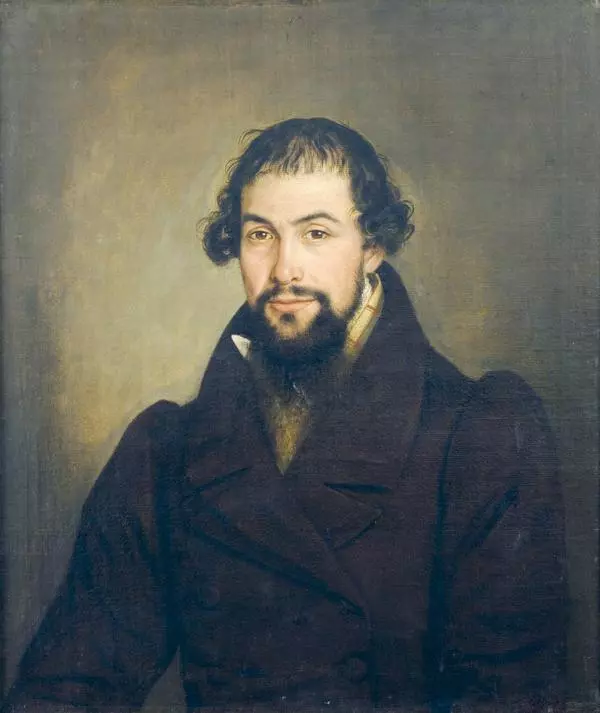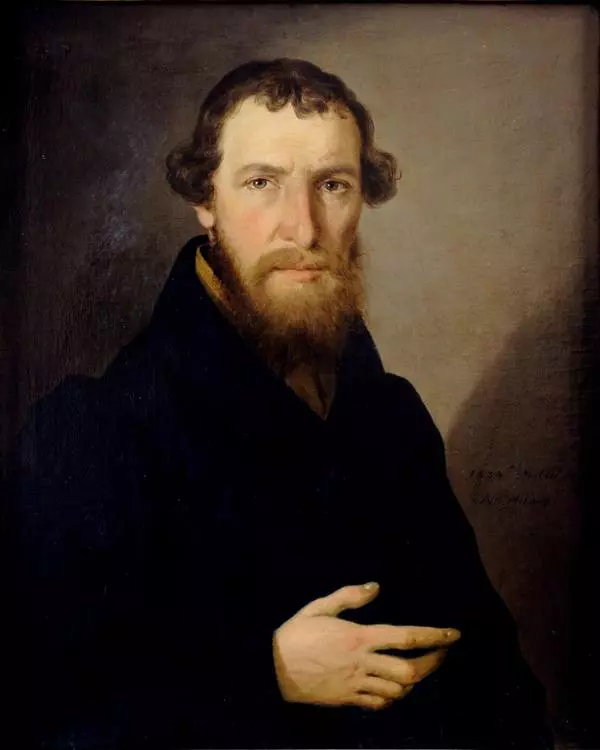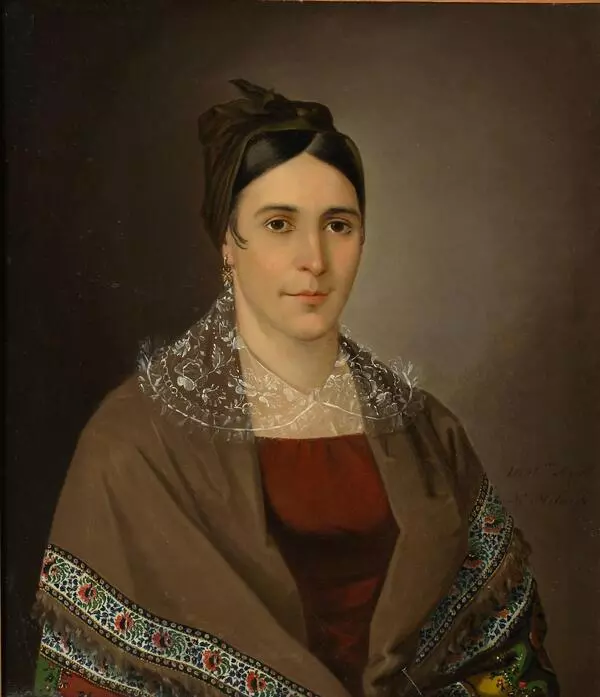The Ivanovo Museum of Local History named after Dmitry Burylin has a whole gallery of merchant portraits, including one of Pyotr Mefodyevich Garelin by the Russian artist Nikolay Dmitriyevich Mylnikov.
In the second quarter of the 19th century, a new type of portrait was formed: a manufacturer was no longer pictured as a private person wearing home clothes or a rich man dressed up in expensive furs. The new portrait would depict a modest and practical man. In this portrait on display, Pyotr Garelin is dressed in a dark frock coat — the official merchant clothing, which indicates his position in society and business-like lifestyle. Medals on a sitter’s neck grew to become an invariable attribute of the portrait and symbolize success in business and public achievements. Pyotr Garelin’s neck is adorned with the imperial medal “For Diligence and Art”. His frozen, somewhat tense posture and undetailed silhouette turn the portrait into a monument to a life worth living. The sitter’s plumpness, which was considered a sign of goodness by Russian people since the olden days, adds confidence and importance to the merchant’s portrait.
In addition to the idealized image of the class, the merchant portrait also showed the real personality of the sitter, which could be far from perfect. This was achieved through the direct and straightforward perception of the portrayed person by the artist. The truthful representation was well-liked by members of the merchant class, who did not consider it necessary to hide their true self, whether it was decent or not. Such a paradoxical combination of the wishful thinking and the truth, the canonized ideal and its opposite within one work is a distinctive feature of the merchant portrait genre.
The advent of a merchant portrait was attributed to the rise of the merchant class and the growing self-awareness of its representatives. The social awareness of merchants was manifested to its fullest during the Patriotic War of 1812, when they proved to be true patriots of the Fatherland and active participants in the social and economic life of the country. Because the Moscow industry was destroyed, many serfs in the governorates were able to get rich quickly, purchase their freedom, become merchants and own factories and plants.





